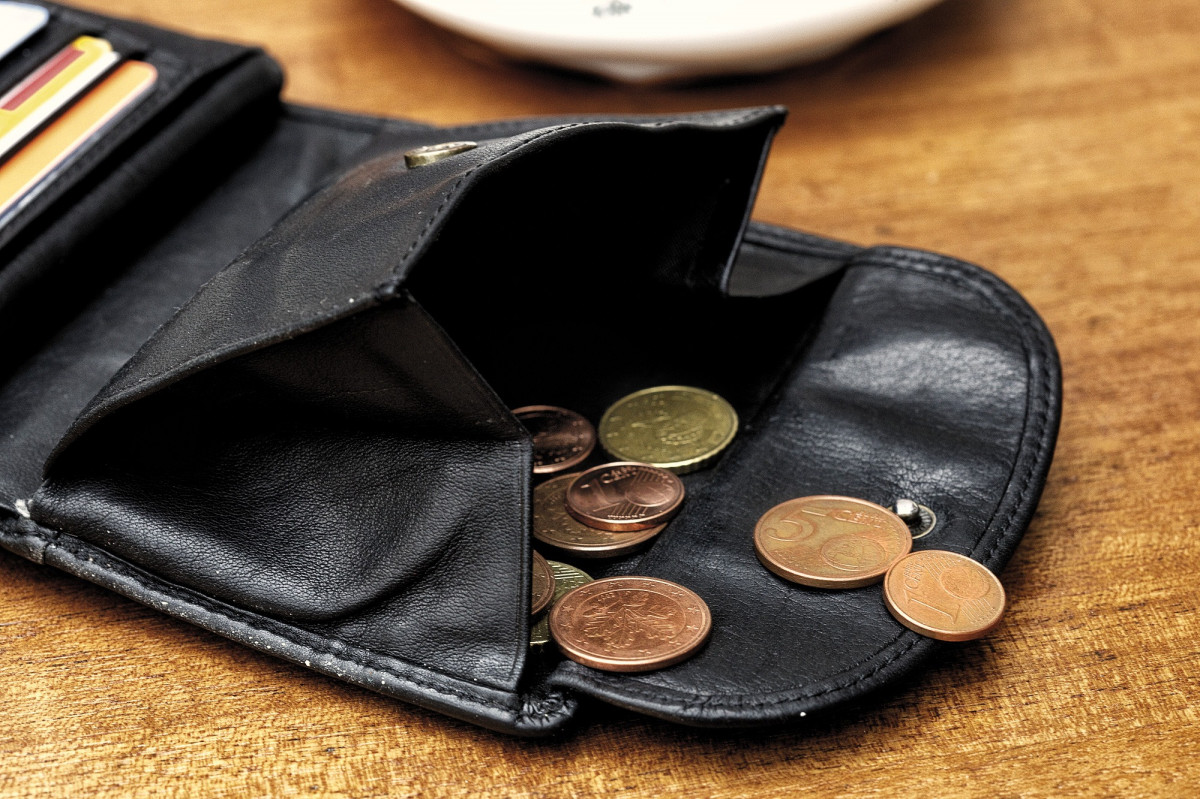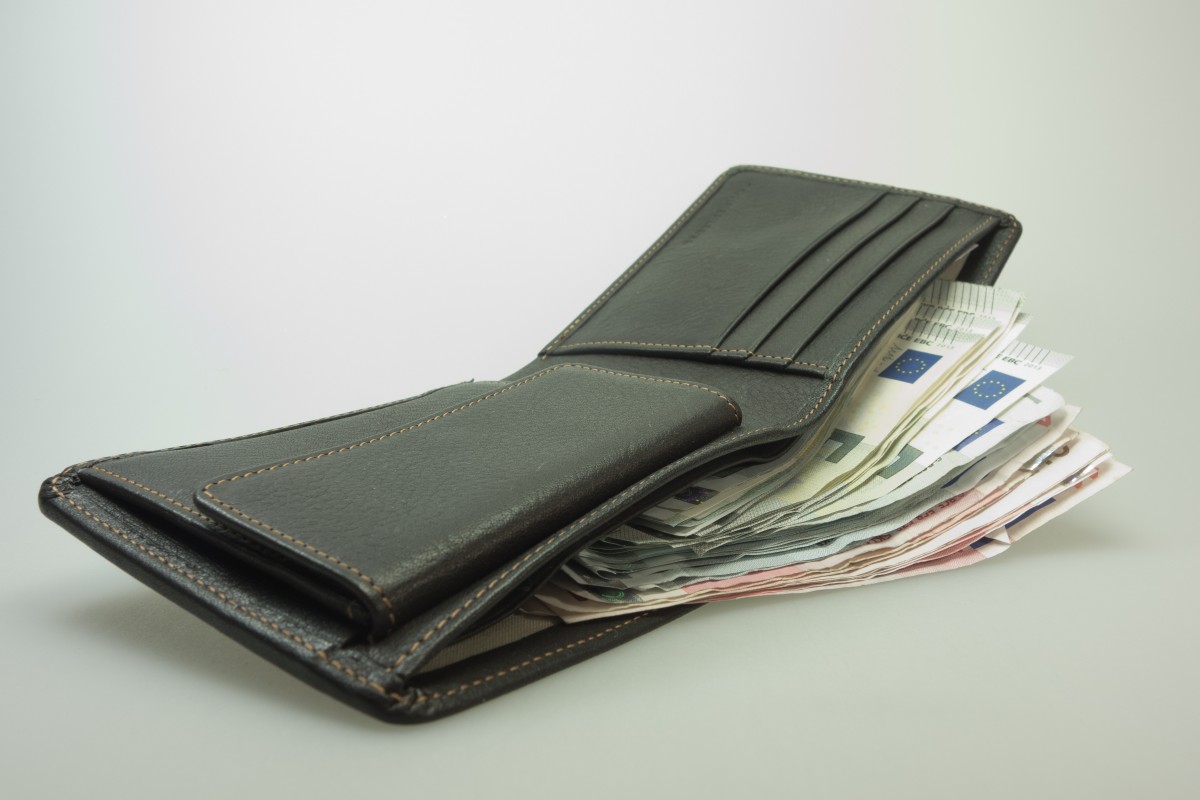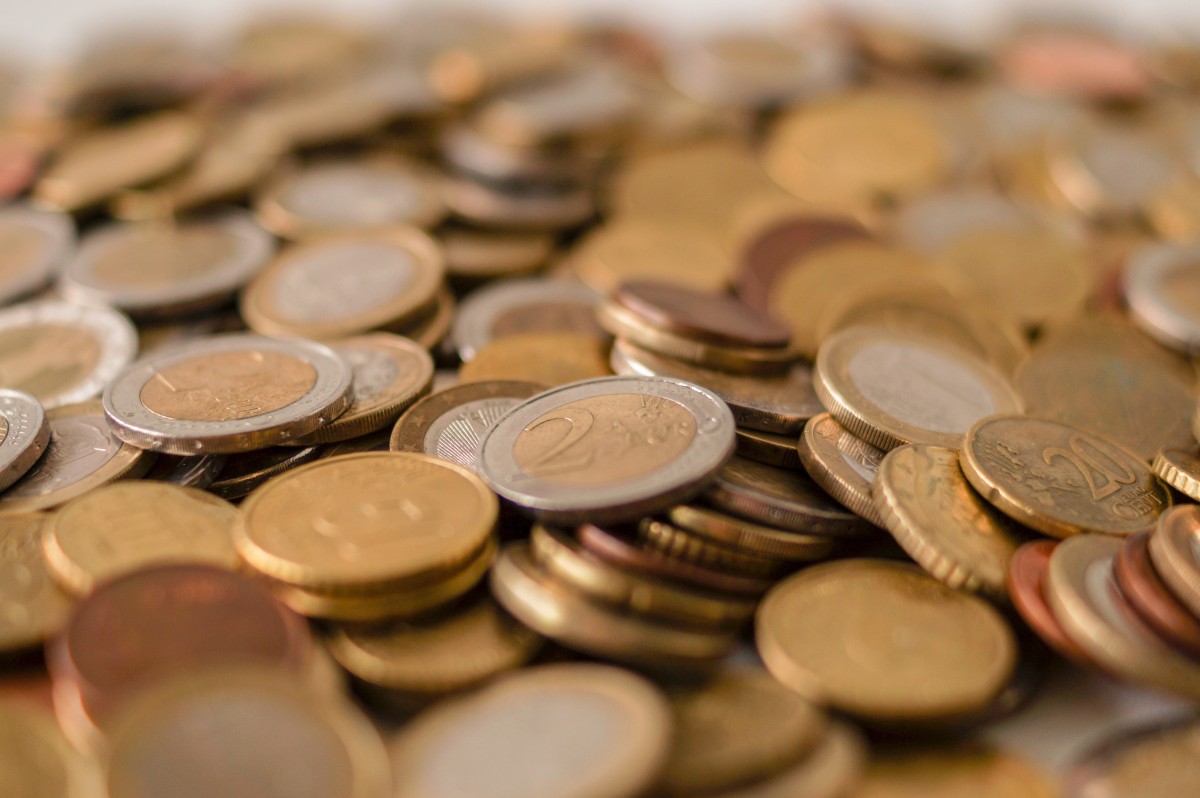Introduction: Unlocking Financial Flexibility with Personal Loans
In today’s dynamic financial landscape, the need for flexible funding solutions is more crucial than ever. Finding the right financing can make a significant difference in achieving your financial goals, whether you are facing unexpected medical bills, planning a major home improvement project, or seeking to streamline high-interest debt.
One of the most popular and versatile tools in personal finance is the Unsecured Personal Loan. These loans offer a lump sum of money that is repaid over a fixed term, typically with fixed monthly payments.
Unlike mortgages or car loans, unsecured personal loans do not require you to pledge any assets—such as your house or car—as collateral. This distinction is incredibly important, as it significantly reduces the immediate risk of asset forfeiture should unforeseen circumstances make repayment challenging.
The reliance on your creditworthiness, rather than physical assets, is what truly defines this type of borrowing. Lenders evaluate your credit score, income, debt-to-income ratio, and overall financial history to determine your eligibility, the interest rate you qualify for, and the maximum loan amount they are willing to extend.
Because the lender is taking on a higher risk without collateral backing the loan, the interest rates for unsecured personal loans can sometimes be higher than those for secured loans. However, the convenience, speed of funding, and freedom of use associated with these loans often outweigh this factor for many borrowers.
Understanding the intricacies of these loans—from application to repayment—is essential for making an informed decision that aligns perfectly with your long-term financial health. This guide will take a deep dive into everything you need to know about unsecured personal loans, helping you to confidently navigate your borrowing journey.
What Exactly is an Unsecured Personal Loan?
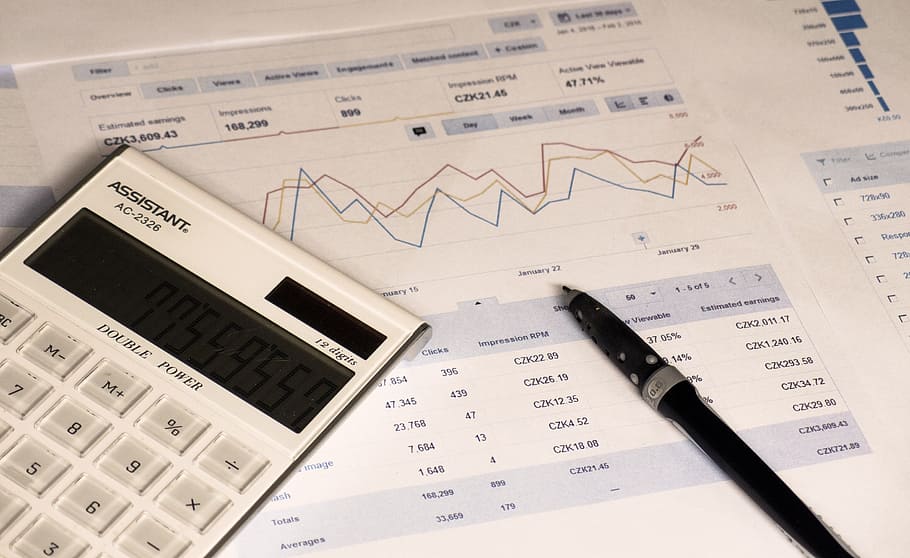
At its core, an unsecured personal loan is an installment loan that does not require any form of collateral. When you take out an unsecured loan, the bank or financial institution is essentially extending credit based solely on its assessment of your promise to repay the debt. This promise is legally binding and is primarily judged by your historical behavior as a borrower, as reflected in your credit report.
A. The No-Collateral Advantage
The most defining feature of an unsecured loan is the absence of collateral. This means that if you default on the loan (fail to make payments as agreed), the lender cannot automatically seize any of your personal property. This is a massive distinction from secured loans, where the lender has a legal claim to the pledged asset (like your house or car) and can repossess it to cover their losses.
B. Fixed Terms and Payments
Unsecured loans are characterized by their clear structure. They come with a fixed repayment term, which typically ranges from two to seven years. Furthermore, the interest rate is usually fixed for the life of the loan.
This results in consistent, predictable monthly payments, making budgeting straightforward and allowing borrowers to know exactly when their debt will be fully satisfied. This stability is a key benefit, especially compared to variable-rate credit products like credit cards.
C. The Role of Creditworthiness
Since the lender is taking on more risk, your credit score and financial profile become the single most important factor. A strong credit score (generally 670 or higher) signals to lenders that you are a reliable borrower, leading to:
- Lower Annual Percentage Rates (APR): A good credit score directly translates to lower interest rates, significantly reducing the total cost of borrowing.
- Higher Loan Amounts: Lenders are more comfortable extending larger sums to borrowers with a proven track record.
- More Favorable Terms: You may be offered longer repayment periods or more flexible payment options.
Popular Uses for Unsecured Personal Loans
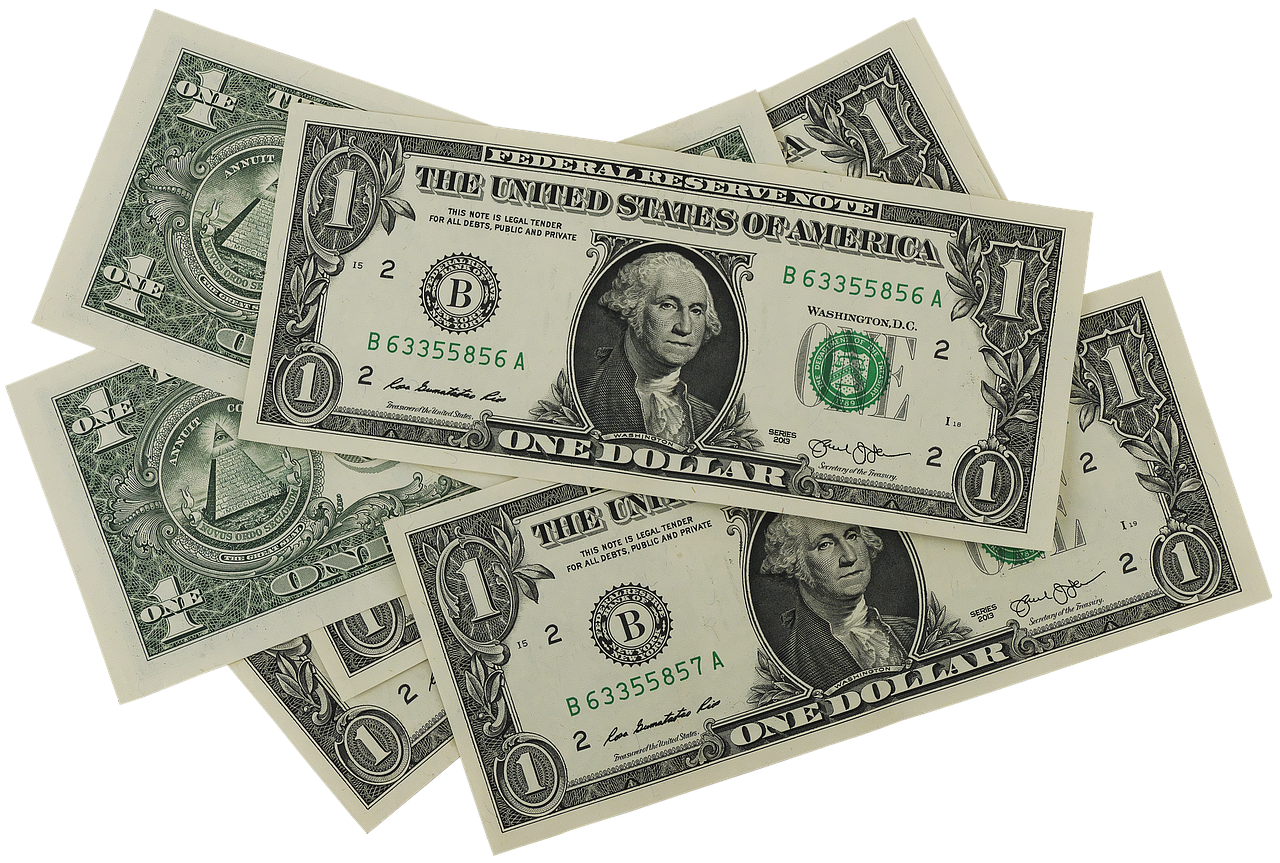
The versatility of unsecured personal loans is a major selling point. Unlike some specialized loans (like auto loans or mortgages) which are restricted to specific purchases, the funds from a personal loan can generally be used for almost any purpose. Understanding these common uses can help you determine if this type of financing is the right fit for your needs.
A. Debt Consolidation
This is arguably the most common and beneficial use for unsecured personal loans. Many individuals carry debt on multiple credit cards, often at high, variable interest rates (sometimes exceeding 20% or 30% APR). A debt consolidation loan allows you to take out a single, new loan with a lower, fixed interest rate and use the proceeds to pay off all those high-interest debts.
The benefits are clear:
- Reduced Interest Cost: Saving hundreds or even thousands of dollars over the life of the loan.
- Simplified Payments: Instead of managing multiple due dates and minimum payments, you only have one fixed monthly payment to track.
- Improved Credit Score: Consolidating credit card debt can lower your credit utilization ratio, a key factor in your credit score.
B. Home Improvement and Renovation
While a Home Equity Line of Credit (HELOC) or Home Equity Loan might be used for massive renovations, a personal loan is ideal for smaller to mid-sized projects. This could include a kitchen update, bathroom remodel, or landscaping.
The main advantage here is speed and simplicity. You don’t have to go through the lengthy appraisal and home equity assessment process required for secured home loans. You get the money quickly and start your project sooner.
C. Major Purchases or Life Events
Unsecured personal loans can provide necessary funds for significant, planned life expenditures:
- Weddings: Covering costs like the venue, catering, and honeymoon.
- Medical Expenses: Paying for planned surgeries or unforeseen large medical bills not fully covered by insurance.
- Adoption Expenses: Financing the complex and often high costs associated with the adoption process.
- Vacations: Funding a substantial, once-in-a-lifetime trip without relying on high-interest credit cards.
D. Emergency Expenses
Life is unpredictable, and sometimes emergencies demand immediate funds. An unsecured loan can serve as a lifeline for:
- Car Repairs: Getting an essential vehicle back on the road.
- Appliance Replacement: Quickly replacing a broken furnace or refrigerator.
- Unexpected Travel: Paying for urgent travel to deal with a family crisis.
The Mechanics: How Unsecured Loans Work
Understanding the inner workings of an unsecured personal loan is crucial for successful borrowing. This section breaks down the essential financial terms and operational processes.
A. Annual Percentage Rate (APR)
The APR is the true cost of borrowing. It is not just the interest rate; it also includes any fees, such as an origination fee, calculated over the life of the loan. When comparing loan offers, you should always compare the APR, not just the quoted interest rate, to get the most accurate picture of your total expense.
B. The Repayment Schedule
Once your loan is approved and funded, you will be given a clear amortization schedule. This schedule details:
- The Principal: The original amount borrowed.
- The Interest: The cost of borrowing charged by the lender.
- The Monthly Payment: The fixed amount you must pay each month.
- The Allocation: In the early stages of the loan, a larger portion of your payment goes towards interest; as the loan matures, a larger portion goes toward reducing the principal.
C. The Origination Fee
Many lenders charge an origination fee to cover the administrative costs of processing the loan application, assessing credit risk, and disbursing the funds. This fee is typically expressed as a percentage of the total loan amount (e.g., 1% to 8%). This fee is usually subtracted from the loan proceeds before the funds are deposited into your bank account. For example, if you take out a $10,000 loan with a 5% origination fee, you will only receive $9,500.
D. Prepayment Penalties
A significant benefit of many unsecured personal loans is the lack of a prepayment penalty. This means you can pay off the loan early without incurring any additional fees, saving you a substantial amount on interest charges. However, it is vital to always confirm this policy with your lender before signing the agreement.
The Application Process: From Inquiry to Funding
Applying for an unsecured personal loan has become increasingly streamlined, with many lenders offering fully online applications and near-instant pre-approvals. However, the process still requires careful preparation.
A. Check Your Credit Score First
Before you even start shopping, pull your credit report and check your score. Knowing your score will give you a realistic idea of the rates you can expect and help you identify any errors that need correction. Lenders use what is called a “hard inquiry” when you formally apply, which can temporarily lower your score by a few points.
B. Shop Around for Lenders
Do not settle for the first offer. Compare rates and terms from various sources:
- Traditional Banks: Often have competitive rates for their existing customers.
- Credit Unions: Usually offer very competitive, member-focused rates.
- Online Lenders: Known for fast approval processes and competitive rates for borrowers across the credit spectrum.
- Peer-to-Peer (P2P) Lending Platforms: Connect borrowers directly with investors.
Many lenders offer a “soft inquiry” option (often called pre-qualification), which allows you to see potential rates without affecting your credit score.
C. Required Documentation
When you submit a formal application, be ready to provide:
- Proof of Identity: Government-issued ID (driver’s license, passport).
- Proof of Income: Recent pay stubs, W-2 forms, or tax returns (if self-employed).
- Proof of Residence: Utility bill, lease agreement, or mortgage statement.
- Bank Account Information: For fund disbursement and repayment setup.
D. Understanding the Underwriting Decision
The lender’s underwriting department evaluates your entire financial profile to assess risk. They focus heavily on two key metrics:
- Debt-to-Income (DTI) Ratio: This ratio compares your total monthly debt payments to your gross monthly income. A lower DTI (ideally below 35% to 43%) indicates you have enough income left to comfortably manage the new loan payment.
- Credit History: They look for a history of timely payments, the length of your credit history, and the types of credit you currently hold.
If approved, you will receive a final loan offer outlining the principal amount, the fixed interest rate, the repayment term, the monthly payment, and the total cost of the loan (APR).
Tips for Securing the Best Loan Terms
As a savvy borrower, your goal should always be to secure the lowest possible APR. A lower rate saves you money and makes repayment easier.
A. Boost Your Credit Score
Even a small improvement in your credit score can drop your APR by a full percentage point or more. Focus on:
- Paying Down Credit Card Balances: Lowering your credit utilization ratio is the quickest way to boost your score.
- Reviewing Your Credit Report: Dispute any errors immediately.
- Avoiding New Credit Applications: Limit hard inquiries in the months leading up to your loan application.
B. Consider a Shorter Loan Term
While a longer term means lower monthly payments, it also means you pay significantly more interest over the life of the loan. If possible, opt for the shortest repayment term you can comfortably afford. This drastically reduces the total interest paid.
C. Apply with a Co-Signer (If Necessary)
If your credit score is borderline or you have a limited credit history, applying with a creditworthy co-signer can dramatically improve your chances of approval and secure a better interest rate. The co-signer’s strong financial profile acts as additional assurance for the lender. However, be aware that the co-signer is equally responsible for the debt.
D. Look at Existing Bank Relationships
Your current bank or credit union often knows your financial history better than outside lenders. They may offer special, lower “relationship rates” as an incentive to keep your business. Always check their offers first.
Potential Pitfalls and Considerations
While unsecured personal loans are a powerful financial tool, they are still debt. Borrowers must approach them with caution and full awareness of the potential downsides.
A. The Risk of Default
Even though there is no collateral, defaulting on an unsecured loan is a serious matter. If you fail to repay, the lender has several options to recover the funds:
- Reporting to Credit Bureaus: This will severely damage your credit score for years, making future borrowing expensive or impossible.
- Collections: The debt may be sold to a third-party collections agency, leading to relentless collection efforts.
- Lawsuit: The lender can sue you in civil court to obtain a judgment, which can lead to wage garnishment or liens on non-exempt assets, depending on the laws in your jurisdiction.
B. High APR for Lower Credit Scores
If your credit score is poor (below 620), you will still likely be approved for an unsecured personal loan, but the APR could be extremely high—sometimes approaching or even exceeding 30%. In such cases, the loan might become prohibitively expensive, making credit cards or secured loans a potentially better option.
C. The Origination Fee Cost
Always factor the origination fee into your calculation. A high origination fee means you receive less money than you borrowed, immediately increasing the true effective interest rate, especially on shorter-term loans.
D. Not a Long-Term Solution
Unsecured personal loans are best used for a specific, one-time financial need or for consolidating existing high-interest debt. They should not be used as a recurring solution to cover chronic budget deficits. If you find yourself needing to borrow constantly, a deeper look at your overall budget and spending habits is necessary.
Conclusion: Making an Informed Borrowing Decision
The unsecured personal loan stands out as an incredibly flexible and powerful financial instrument in the modern borrower’s toolkit. Its lack of collateral, fixed interest rates, and predictable repayment schedule offer a clear path to managing various financial goals.
This includes simplifying complex debt or funding crucial life events. Successfully utilizing this type of loan hinges entirely on diligent preparation, careful rate comparison, and a deep understanding of the terms and conditions.
Borrowers must always prioritize improving their credit profile to unlock the most favorable APRs, significantly reducing the overall cost of borrowing. A thoughtful and responsible approach to taking on this debt ensures that the loan serves as a financial bridge rather than becoming a burdensome constraint.
By understanding the intricacies of the application process and the long-term commitment involved, you position yourself to leverage the best benefits that unsecured personal loans have to offer. Ultimately, this financial tool, when used wisely and responsibly, can be a vital component in strengthening and stabilizing your personal financial future.




